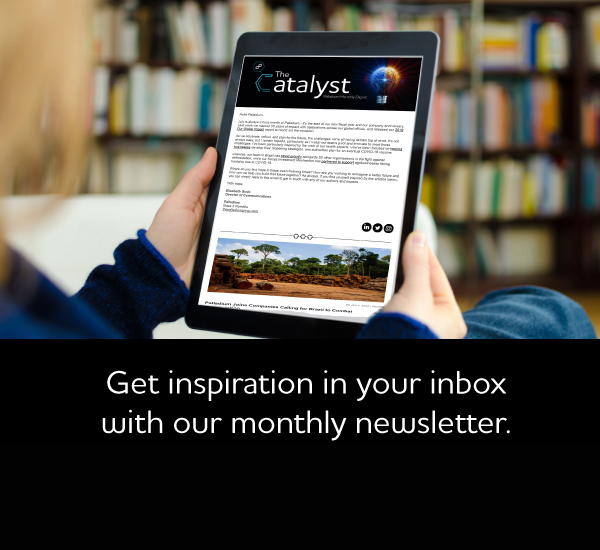with our monthly newsletter.
The U.S. Department of State recently released its America First Global Health Strategy, a sweeping new framework that redefines the U.S. government’s approach to global health assistance.
At the heart of the strategy is a pivot away from open-ended foreign aid toward multi-year bilateral agreements that ensure joint accountability aligned to achieving timebound objectives and defined milestones.
The strategy is built around three pillars:
• Safer: Strengthen global surveillance systems to detect outbreaks within seven days, report and respond before those reach U.S. shores. The U.S. will work with local governments to respond rapidly and surge resources when needed.
• Stronger: Advance U.S. interests through strategic bilateral partnerships. Agreements will include full funding for frontline workers and commodities, robust data systems, and a shift from site-level technical support to government capacity-building.
• More Prosperous: Promote American health innovation abroad by sourcing goods from U.S. companies and expanding commercial partnerships. This aims to protect the U.S. economy from health-related disruptions and boost exports.
An exciting aspect of the strategy is the chance to intentionally leverage U.S. private-sector innovation to build robust, resilient health platforms. Palladium’s Director of Information Systems, Teddy Berihun, sees advanced technology as a key part of that equation.
“For me, the game-changer is embedding advanced technologies like AI into everyday healthcare. That’s how we get care that’s more efficient, effective, and equitable,” Berihun explains. “AI has the potential to transform how we diagnose, treat, and care for patients—making health services more accessible and personalised for everyone.”
“We must weave these tools into the fabric of national health systems, train local health workers to use them, and ensure countries can sustain them financially long after the donors are gone. We’re already seeing this in action; in Kenya, AI-driven data tools helped pinpoint patients at risk of dropping out of HIV treatment and brought many back into care, showing how tech can directly save lives when it’s put in the hands of frontline staff,” he says.
But achieving sustainable health outcomes will not happen through technology alone; blended finance solutions, local government initiatives, and an investment in front-line health workers will play a critical role in meeting both the strategy’s and the countries’ goals. By combining public and private sector resources, programs and funders create a robust financial framework that supports the development and implementation of innovative health solutions.
This approach not only ensures the availability of necessary funds but also promotes collaboration and shared responsibility among all stakeholders. “We were thrilled to see that the strategy highlighted the need to also invest in frontline health workers,” Palladium’s Clint Cavanaugh. “They are the link between communities and the health system, they’re the sentinels of primary health care and disease outbreaks, and collectively, we have underinvested in them.”
Implementing a blended finance approach will help countries move towards self-sufficiency and mobilise resources like investing in those critical frontline health workers, Cavanaugh adds.
An impactful pivot of this strategy is the departure away from vertical, disease-specific interventions towards integrated health programming. For Ian Sanne, Palladium Chief Medical Officer, this is a welcome shift towards breaking down artificial silos and transforming global health assistance to better respond to how countries actually deliver health services. “This is an opportunity to leverage the single-disease investments the U.S. Government has already made, to build more robust, integrated and efficient programs,” he says.
“Primary health care interventions must improve health access to a wide audience in hard-to-reach populations, whilst preparing for priority infections of pandemic potential.”
He gives the example of how integrated health service delivery and health systems will prepare low-and-middle-income countries to better detect, report and respond to the major pandemic infection, using the same approaches to future threats such as influenza, dengue, resistant bacterial infections, and emerging pathogens. Ultimately, promoting more private sector engagement in health can create more durable and sustainable health platforms that can serve the complex and nuanced needs around the world.
“By creating market entree for U.S. business interests within developing countries, the U.S. has the potential to catalyse innovation both at home and abroad,” Cavanaugh adds. “We’ve seen firsthand how embracing market-led and private sector opportunities, we can better prepare countries to address their unique health challenges and contribute to a stronger global health system.”
Together, he says, we can build a future where every nation is equipped to respond swiftly and effectively to emerging health threats, ensuring the well-being of all.
“We see clear opportunities to support countries in meeting their objectives and milestones within these new Department of State bilateral frameworks,” says Cavanaugh. “This is not new territory for us—Palladium has a long history of working in global health programs and in partnership with the U.S. government to deliver measurable, sustainable impact.”
Palladium’s capabilities, ranging from outbreak surveillance and digital advisory to capital mobilisation and policy reform, are well-suited to the strategy’s demands, he says and looking ahead, there will be opportunities to continuing to partner with the State Department in pushing the agenda forward.
“Measurement will be critical,” Cavanaugh explains, “because it allows us to focus timely, targeted support where it’s needed most—helping countries build lasting systems and stay on track with the goals set out in the new health compacts.”
with our monthly newsletter.

